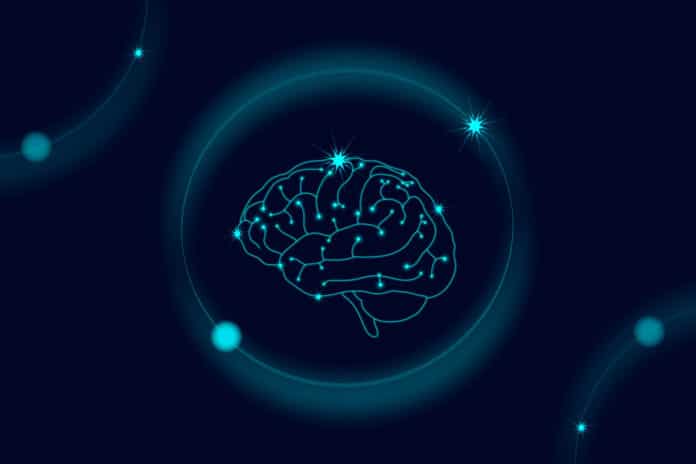Pain perception is essential for endurance and can be amplified or suppressed by expectations, experiences, and context. The neural mechanisms underlying the bidirectional modulation of pain remain largely unknown.
Understanding the neurobiological mechanisms by which pain responses can be enhanced or suppressed is essential for the development of improved therapeutic options for chronic pain.
In a new study, scientists demonstrated the brain circuitry responsible for upgrading or downgrading these pain signals. They have shown that the central nucleus of the amygdala (CeA) functions as a pain rheostat, decreasing or increasing pain-related behaviors in mice.
Scientists found that the activity in neurons that express protein kinase C-delta amplified pain, while neurons that express somatostatin inhibited the chain of activity in the nerves required to communicate pain.
Yarimar Carrasquillo, the paper’s senior author and a scientist for the National Center for Complementary and Integrative Health (NCCIH) said, “The central amygdala isn’t completely responsible for pain itself: if it were removed entirely, then “the ‘ouch’ of things, or the protective pain, would remain intact.”
“It seems to be sitting there waiting for something to happen,” for example, responding to stress or anxiety that amplifies pain or being forced to focus on a task that diverts your attention and reduces pain.”
By better understanding the brain mechanisms responsible for pain modulation, scientists hope to develop better pain treatments eventually.
The study is published in the journal Cell Reports.
